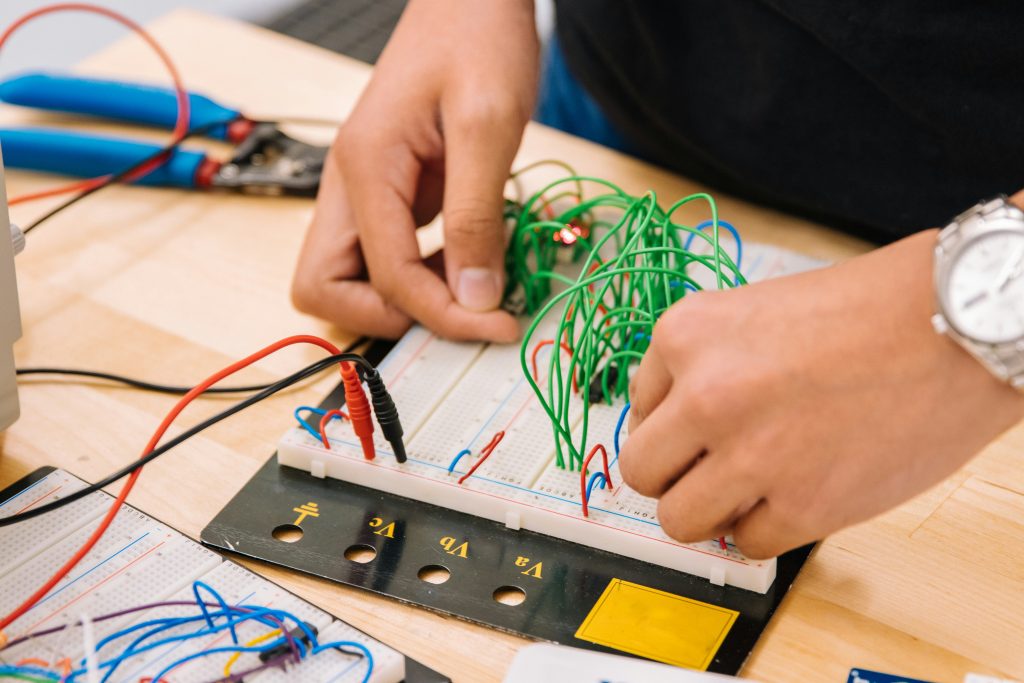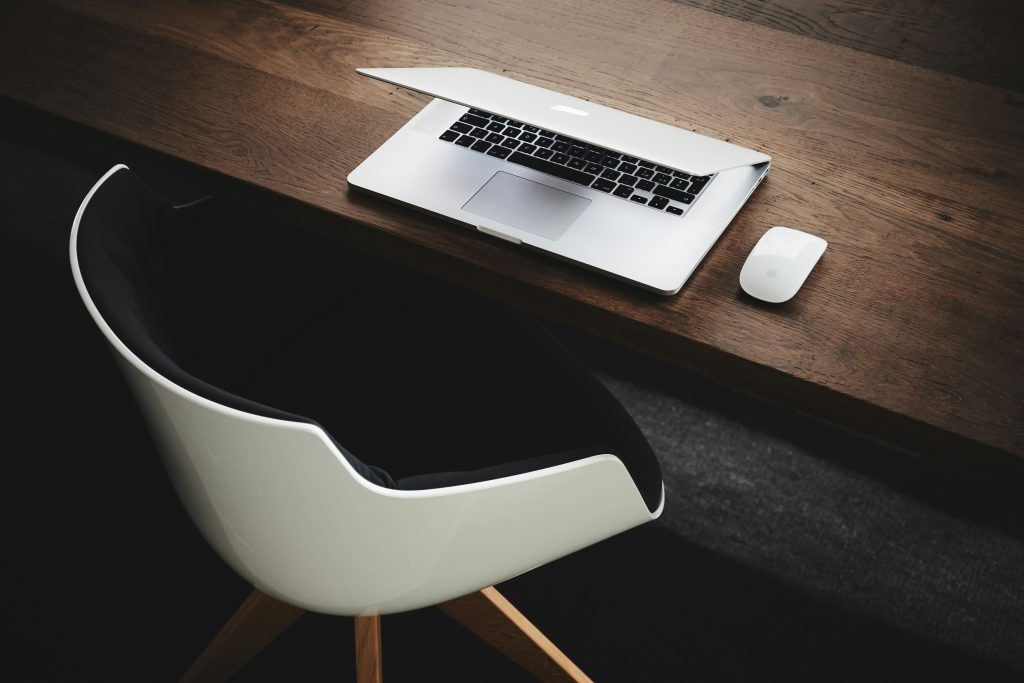
Understanding The Benefits Of A Multi-Monitor Setup
Understanding the benefits of a multi-monitor setup is crucial for anyone considering this upgrade, whether for professional or personal use. One of the most significant advantages is the substantial boost in productivity. With multiple screens, you can effortlessly manage and organize different tasks without constantly switching windows or tabs. This setup allows for smoother multitasking, as you can keep essential applications open simultaneously—such as having your email client on one screen while working on a spreadsheet on another.
Moreover, a multi-monitor configuration enhances your workflow by providing a broader visual workspace. This expanded real estate is particularly beneficial for tasks requiring detailed attention to multiple sources of information, such as coding, graphic design, and data analysis. By reducing the need to toggle between overlapping windows, it minimizes cognitive load and potential errors.
Additionally, this setup contributes to improved ergonomics. By arranging monitors at optimal angles and heights tailored to your needs, you can reduce neck strain and eye fatigue associated with prolonged computer use.
Whether you’re a professional aiming to streamline complex projects or an enthusiast looking to elevate your gaming experience, understanding these benefits underscores why investing in a multi-monitor workstation is a wise decision that pays dividends in efficiency and comfort.
Choosing The Right Monitors For Your Needs
When setting up a multi-monitor workstation, selecting the right monitors is crucial for optimizing your productivity and comfort. The first consideration is the size and resolution of the monitors. Larger screens with higher resolutions, such as 4K, can provide more workspace and sharper images, which are particularly beneficial for tasks requiring detailed visuals or extensive multitasking.
Next, consider the type of panel technology. IPS (In-Plane Switching) panels offer superior color accuracy and wider viewing angles compared to TN (Twisted Nematic) panels, making them ideal for graphic design or video editing. On the other hand, TN panels typically have faster response times which could be advantageous for gaming or high-speed video work.
Connectivity options are another critical factor. Ensure that your monitors have compatible ports with your computer’s graphics card—be it HDMI, DisplayPort, USB-C, or others—to facilitate smooth setup and operation. Additionally, features like VESA mount compatibility can offer greater flexibility in arranging your monitors ergonomically.
Lastly, consider whether you need specialized features such as touch capabilities or curved displays based on your specific use case. Curved screens can offer a more immersive experience by reducing eye strain during prolonged use. By carefully evaluating these aspects in alignment with your professional needs and personal preferences, you’ll create an efficient and comfortable multi-monitor setup tailored to enhance your workflow.
Essential Hardware And Cables For Multi-Monitor Configurations
When setting up a multi-monitor workstation, selecting the right hardware and cables is crucial for ensuring optimal performance and productivity. First and foremost, your computer’s graphics card must support multiple displays. Modern graphics cards typically come with several ports such as HDMI, DisplayPort, DVI, or VGA. Ensure that your card has enough outputs to match the number of monitors you plan to use.
Monitors themselves are another essential component. It’s recommended to choose monitors with similar resolutions and sizes to maintain visual consistency across your workspace. Monitors that support VESA mounting can offer additional flexibility in arranging your setup.
Cables are often overlooked but play a vital role in connecting everything smoothly. HDMI and DisplayPort cables are commonly used due to their ability to transmit high-definition video and audio signals efficiently. While HDMI is widely compatible with many devices, DisplayPort can support higher refresh rates and resolutions, making it ideal for professional environments requiring detailed visuals.
For those using older equipment, adapters may be necessary—for instance, converting a DVI output from the graphics card to an HDMI input on the monitor. Additionally, cable management tools like clips or sleeves help keep your workspace tidy by organizing all the connections neatly.
In summary, ensuring compatibility between your graphics card outputs and monitor inputs while managing cables effectively will set you on the path toward a seamless multi-monitor workstation experience.

Arranging And Positioning Your Monitors Ergonomically
Arranging and positioning your monitors ergonomically is crucial for creating a comfortable and efficient multi-monitor workstation. Start by placing the primary monitor directly in front of you, ensuring that the top of the screen is at or just below eye level. This helps to reduce neck strain and promote better posture. If you use one monitor more frequently than others, position it centrally while angling the secondary monitors towards you to create a semi-circle, minimizing head movement.
Consider the distance between your eyes and the screens; an optimal distance is typically about an arm’s length away, roughly 20-30 inches. This setup reduces eye strain and makes it easier to read text without squinting or leaning forward. Adjusting monitor height is equally important—use adjustable stands or mounting arms to achieve proper alignment.
Pay attention to screen angle as well; tilting monitors slightly upward can help reduce glare from overhead lighting, while also aligning with your natural line of sight. Additionally, ensure that each monitor’s brightness and contrast settings are balanced to prevent eye fatigue when switching between screens.
Lastly, incorporate breaks into your routine to rest your eyes and stretch your body. An ergonomic arrangement not only enhances productivity but also contributes significantly to long-term health and comfort.
Configuring Display Settings On Different Operating Systems
Configuring display settings on different operating systems is a crucial step in optimizing your multi-monitor workstation to ensure seamless interaction and productivity. On Windows, start by right-clicking on the desktop and selecting “Display settings.” Here, you’ll find a graphical representation of your monitors. Drag and drop these icons to match the physical arrangement of your screens. You can also choose how you want to extend or duplicate displays and adjust the resolution for each monitor individually.
For macOS users, navigate to “System Preferences” and select “Displays.” Under the “Arrangement” tab, you can organize your monitors by dragging them into the desired position relative to each other. macOS makes it easy to set a primary display by dragging the white menu bar onto the screen you wish to designate as primary.
Linux users often have multiple desktop environments that handle multi-monitor setups differently. In GNOME, go to “Settings” > “Displays,” where you can configure the resolution, orientation, and position for each monitor. KDE Plasma offers similar options under its “Display Configuration” module.
Regardless of the operating system, fine-tuning these settings will help create a more efficient workflow tailored specifically to your needs. This ensures that cursor movement between screens feels natural and applications open on the intended displays, enhancing overall productivity.
Optimizing Software For Enhanced Productivity
Optimizing your software is crucial for harnessing the full potential of a multi-monitor workstation. The first step is to ensure that your operating system and graphics drivers are up-to-date, as these updates often include enhancements for multi-monitor setups. Once your system is primed, focus on the software applications you use daily.
Many modern applications support extended desktop environments, allowing you to drag and position windows across multiple screens. Familiarize yourself with keyboard shortcuts and hotkeys that facilitate quick window management; this can significantly reduce the time spent resizing and moving applications manually.
Furthermore, consider using dedicated window management software. Tools like DisplayFusion or UltraMon offer advanced features such as customizable profiles, taskbar extensions for secondary monitors, and precise window-snapping functionalities. These utilities can also automate repetitive tasks by assigning specific applications to open on designated screens upon startup.
For those working with multiple documents or data sources simultaneously, employing virtual desktops can further streamline workflow. Virtual desktops allow you to segregate different tasks or projects across various screens without cluttering your visual workspace.
By tailoring your software environment to leverage the advantages of a multi-monitor setup, you create a more efficient and productive workspace tailored to your unique needs.
Troubleshooting Common Multi-Monitor Issues
When setting up a multi-monitor workstation, you may encounter several issues that can impede your productivity. One common problem is the monitors not being detected by the operating system. This can often be resolved by checking your cable connections and ensuring that all cables are securely plugged into both the monitors and the computer. Additionally, updating your graphics card drivers to their latest version can rectify detection problems.
Another frequent issue is incorrect display settings, such as mismatched resolutions or improper screen alignments. To fix this, access your operating system’s display settings panel where you can manually adjust each monitor’s resolution and orientation to ensure seamless visual continuity across screens.
Screen flickering or intermittent blackouts may also occur, which could be indicative of a faulty cable or an overtaxed graphics card. Trying different cables or reducing the refresh rate in your display settings might alleviate these issues.
Lastly, if you experience performance lags or stuttering when dragging windows between screens, it could be due to insufficient hardware resources. Upgrading your RAM or ensuring that your graphics card is capable of handling multiple high-resolution displays can provide a smoother experience.
By troubleshooting these common issues methodically, you can ensure an efficient and productive multi-monitor setup.




